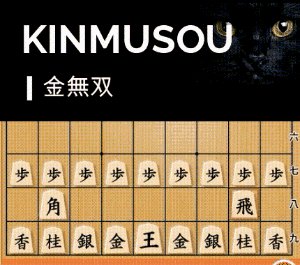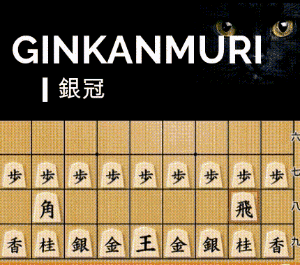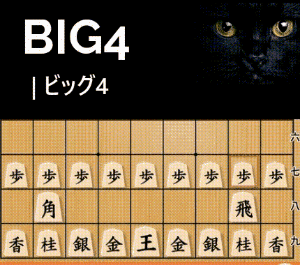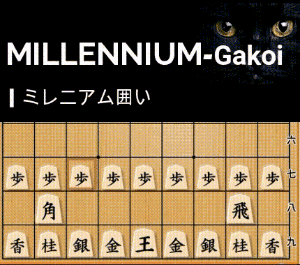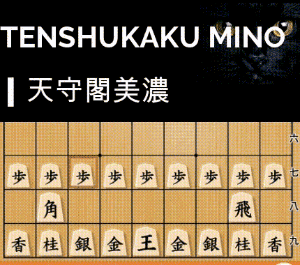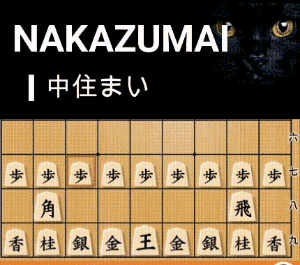How to Counter Rapid Climbing Silver in 4th File Rook Strategies
Learn how to effectively counter Rapid Climbing Silver attacks when playing the 4th File Rook strategy. This guide covers common mistakes and explains the best countermeasures to keep your position strong.
4th File Rook vs. Rapid Climbing Silver: How to Handle an Aggressive Opponent
For beginners, two strategies often stand out: the 4th File Rook and Climbing Silver attacks. If you’re learning to play 4th File Rook, dealing with the Rapid Climbing Silver should be a priority. This article focuses on how to counter opponents who bypass defensive structures and launch a quick offensive.
Common Mistakes: When Rapid Climbing Silver Succeeds
The Rapid Climbing Silver attack involves aligning the rook, silver, and pawn for a direct assault while skipping the usual defensive setup.
Imagine you’re setting up a Mino Castle, and your opponent suddenly pushes their pawn to the 7th file. If you respond by capturing the pawn (e.g., △P-75, ▲Px75, △Sx75), their silver advances aggressively, creating immediate threats.
Even if you continue building your castle, their next moves—like △P-86—can quickly put you in a losing position. By the time their silver breaks through on the 8th file, your defense has already crumbled.
The problem? Capturing the 7th-file pawn (▲Px75) gave your opponent the upper hand.
The Best Countermove: Fight Fire with Fire
So, how should you respond when your opponent pushes their pawn to the 7th file?
Instead of reacting to the attack directly, ignore it and counterattack with ▲P-65.
This move opens a powerful diagonal for your bishop, allowing you to place it on 5th file squares like ▲B-55. From there, your bishop becomes a threat, controlling key squares and limiting your opponent’s movement.
Your opponent’s best response might be △S-73 to defend. However, you can then bring your rook into play with ▲R-66, preparing to dominate the 7th file with ▲R-76. This sequence puts you in a commanding position to launch a decisive counterattack.
Extra Tip: If Your Opponent Opens Their Bishop’s Diagonal Early
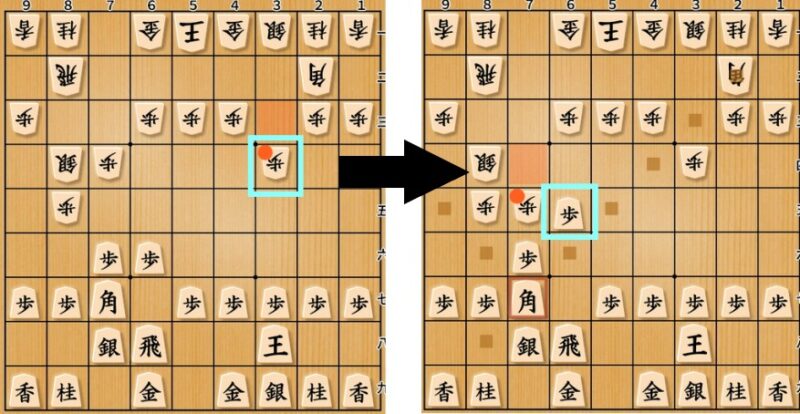
What if your opponent opens their bishop’s diagonal early in the game?
Even in this situation, the same ▲P-65 counterattack works. After forcing a bishop exchange, you’ll find yourself with more options and greater control of the board.
Although this variation introduces more complexity, the core idea remains: proactive play with your bishop and rook will secure an advantage.
Try these countermeasures in your next game and see how you can turn the tables against a Rapid Climbing Silver attack.





